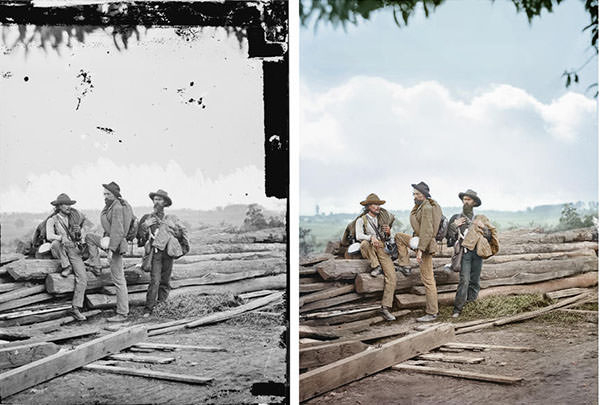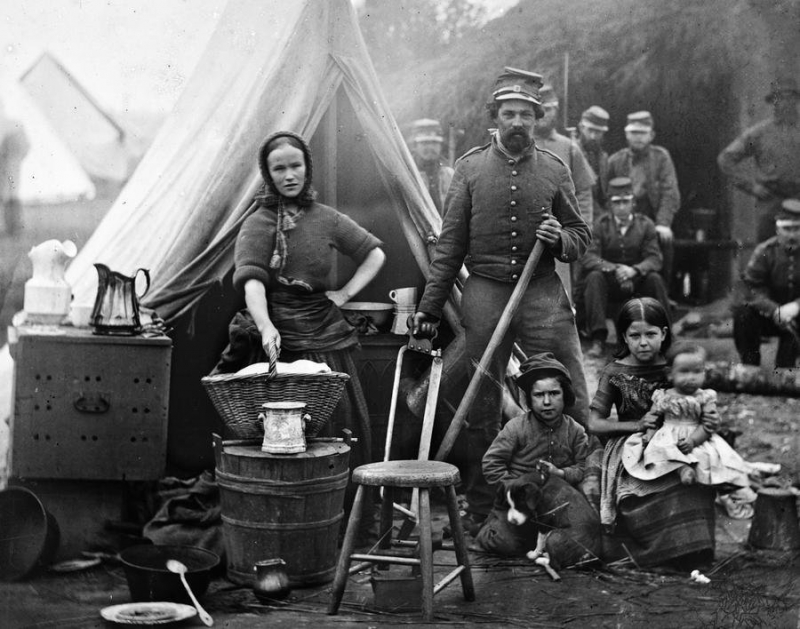Taking photographs away from a studio was difficult and time-consuming
Wet-plate photography was the style of photography utilized during the American Civil War. It took a lot of time and effort to take the pictures. Photographers had to bring a cart with all of their bulky equipment, including a mobile darkroom, to the battleground. On the battlefield, the cameras were bulky and challenging to maneuver. Collodion was the name of the mixture of chemicals employed in the process. This mixture required manual mixing of hazardous substances like sulfuric acid, acetic acid, and ethyl ether.
The process of taking a snapshot involved numerous steps. The photographer set up and focused the camera first. He combined the substances next. A piece of plate glass was then treated with the chemicals to make it light-sensitive. The plate was then transported into a dimly lit area and submerged in silver nitrate. The plate was introduced into the camera after being sealed inside of a container. The photographer then opened the camera's cap for two to three seconds so that it could be exposed to light and the plate could be imprinted with the image. The plate glass was placed in a bath of pyrogallic acid after the cap was restored and while still in its light-tight container.
These cameras also taught photographers how to create complex 3D photographs, or "stereo views." Twin lenses were positioned on the same object at various angles to provide stereo view images.







